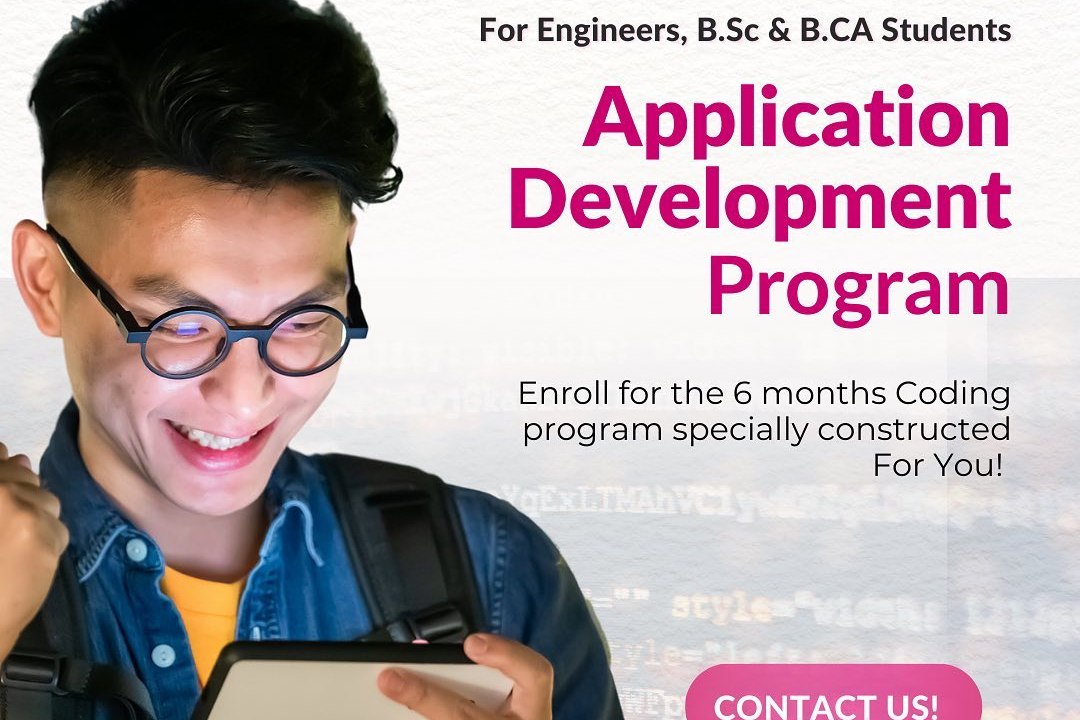Flutter User-Centric Design
Designing User-Centric Experiences with Flutter
Flutter User-Centric Design
Flutter user-centric design emphasizes creating applications that prioritize the needs and preferences of end-users to enhance usability and satisfaction. This approach involves leveraging Flutter's rich set of widgets and customization capabilities to design intuitive user interfaces that are not only visually appealing but also accessible across different devices and platforms. By employing practices such as user feedback integration, iterative design, and usability testing, developers can ensure that the applications are responsive and cater to a wide range of user interactions. Flutter's Material Design and Cupertino widgets further allow developers to maintain consistency with platform-specific guidelines, fostering a seamless user experience that is adaptable and user-friendly.
To Download Our Brochure: https://www.justacademy.co/download-brochure-for-free
Message us for more information: +91 9987184296
1 - Understanding User Needs: The foundation of user centric design is thoroughly understanding the audience. Conduct user interviews and surveys to gather insights that will inform design decisions.
2) Creating User Personas: Develop detailed user personas based on research findings. This helps in visualizing the target audience and tailoring the design to meet their specific needs and behaviors.
3) Designing for Accessibility: Ensure that applications are accessible to all users, including those with disabilities. Use features like Flutter's semantic widgets to support screen readers and maintain good contrast ratios.
4) Consistent UI Patterns: Implement consistent UI patterns across the application, promoting familiarity and ease of understanding for users. This enhances usability and reduces learning curves.
5) Responsive Design: Utilize Flutter’s responsive design capabilities, ensuring that applications work seamlessly on various screen sizes and orientations. This provides a better user experience across devices.
6) Intuitive Navigation: Design an intuitive navigation structure that guides users effortlessly through the app. Use clear labeling, logical organization, and feedback mechanisms to enhance navigation.
7) Feedback Mechanisms: Include visual and auditory feedback to inform users about their actions. For example, animations, sounds, or haptics can reinforce actions and improve user confidence.
8) Performance Optimization: Focus on creating fluid and responsive applications. Use Flutter's performance profiling tools to identify bottlenecks and enhance load times, ensuring a smooth user experience.
9) User Testing: Conduct usability testing with real users to gather feedback on the design and functionality. Iteratively refine the application based on this feedback to better meet user expectations.
10) Simplicity Over Complexity: Strive for simplicity in design. Avoid unnecessary elements and features that may overwhelm users. A clean and focused interface promotes better interaction.
11) Engaging Onboarding Processes: Implement educational and engaging onboarding processes for new users. Help them understand the app’s functionalities and navigation to increase retention.
12) Visual Hierarchy: Use visual hierarchy principles effectively to guide users’ attention. Prioritize important actions and content by adjusting size, color, and placement within the UI.
13) Interactive Prototyping: Create interactive prototypes using tools like Flutter's hot reload feature to quickly visualize and test design ideas, allowing for rapid iteration and improvement based on user feedback.
14) Emotional Design: Consider the emotional experience of users. Use color psychology, imagery, and branding to create a positive emotional connection with the app.
15) Continuous Improvement: Encourage a culture of ongoing user feedback and iterative design improvements. The best user centric designs evolve over time in response to changing user needs and technological advancements.
By focusing on these points, students can gain a deep understanding of Flutter user centric design principles and apply them in their projects to create effective, user friendly applications.
Browse our course links : https://www.justacademy.co/all-courses
To Join our FREE DEMO Session: Click Here
Contact Us for more info:
Android Programming Best Practices
international seo course
Professional Android Training
Ios app architecture
Java Innovations











